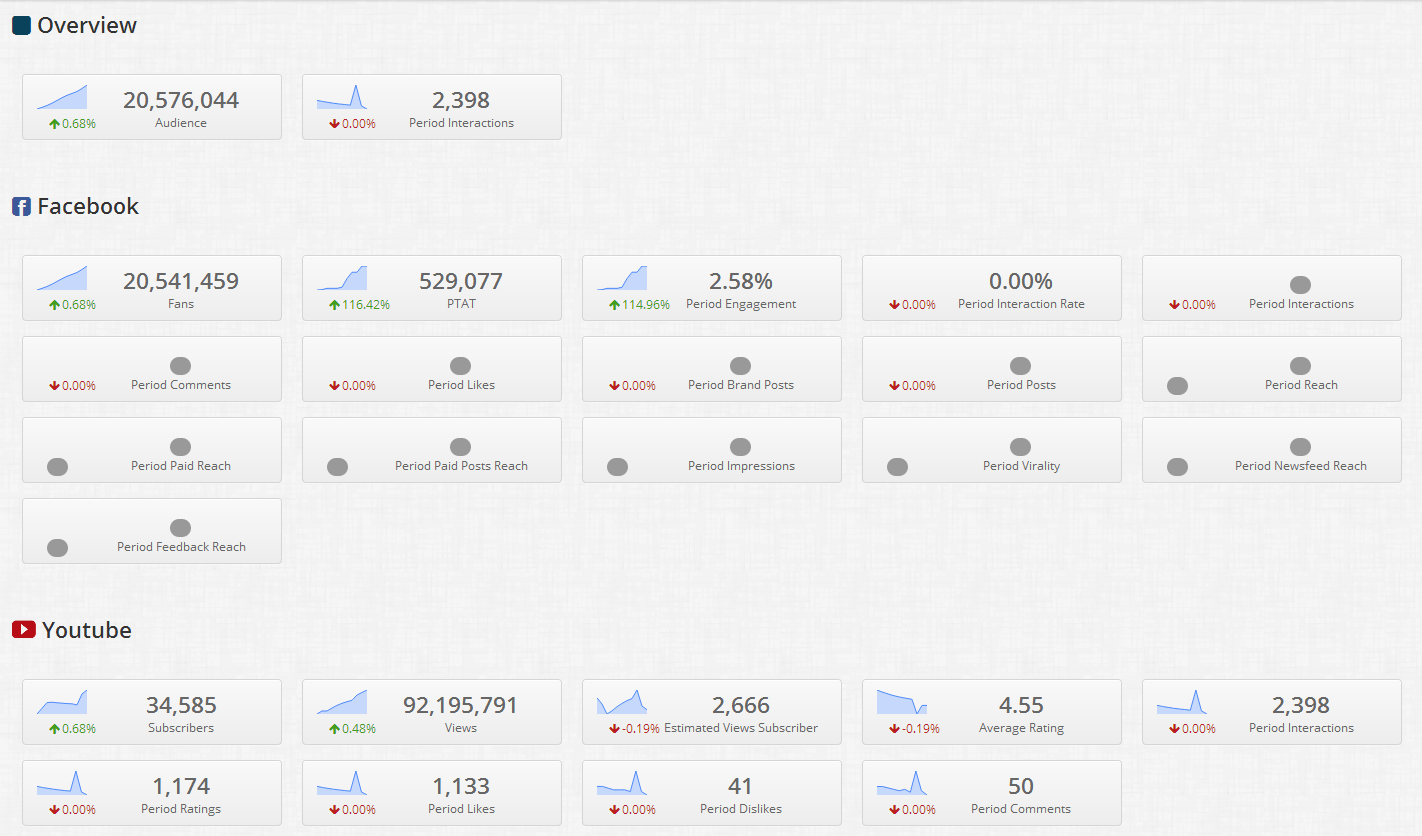40 million views and over 100,000 ratings at 98% positive. Was this a success?
Dove hired a forensics artist to draw women, without ever seeing them, based on how they described themselves vs how friends saw them.
The result? You’re more beautiful than you think. Friends see amazing features about yourself.
Tom Cuniff of the ANA asks these 7 questions, of which we provide answers:
1. How would this execution fare in digital A/B testing vs. a free offer?
A free trial offer would certainly drive more short-term sales, but at the cost of cannibalization of future revenue and commoditization of brand voice. Does Dove really want to train consumers to buy only on sales and giveaways or build a brand message so strong that an extra 50 cents isn’t going to sway their preference?
Red Bull sent Felix Baumgartner into space– $100 million dollars and 7 years in the making. Do you think people went out and drank a bunch of Red Bull that night?
The 40 million views on YouTube have TV equivalency in GRPs (Gross Rating Points). But more important than traditional reach, by an order of magnitude, is pass-along value:
- The 11,687 comments and 111,460 ratings on Youtube generated tens of millions of positive brand associations. The average person has 310 friends in social, so consider the word-of-mouth impact.
- On Facebook, Dove has grown X% to 14.3 million fans, but grown y% to 913,000 people talking about them. To put this in perspective, Old Spice (the reigning king) has 2.4 million fans and only 31,000 people talking about them. Dove has 30 times the number of interactions and 180 times (not 180%) the engagement rate on Facebook.
- Each of these 913,000 people who are telling stories on Facebook are influencing their friends.
2. What data, based on previous A/B testing, would have led to this execution?
This is where brand marketers get it wrong. A/B testing is for fine-tuning and optimization of existing concepts. Creativity is about finding entirely new concepts.
In this case, Dove likely did deep market research to understand how women think about themselves. Then they crafted an ad strategy to amplify these emotions. If I were Lane Bryant, I’d do a campaign around “Honey, does this make my butt look big?”
On Facebook, we can do something called an unpublished post (used to be called a “dark post”) to test against a sample of the audience before posting it more widely. Google allows for something similar via their surveying tool.
3. Would this ad be deemed successful if it was based on CTR? Conversion?
Neither. They’re not trying to sell soap directly from the ad, nor are they going for pure CTR. It’s engagement and word of mouth that count.
4. What KPI would you optimize this ad for?
Most brand marketers don’t realize when they’ve hit a home run because they don’t measure earned media value over time. Instead, they just measure paid reach and clicks over time campaign timeframe. Look at how the interaction spread into twitter, tumblr, the blogosphere, and other digital channels. And then look at how it creates buzz even after the ads have stopped running.
If they’re real Facebook pros (and we know they are), they’d tie to the DataLogix data to see the real impact on retail sales. Yes, Facebook does work with vendors of point-of-sale data to tie your shopping card transactions back to your Facebook userid. The average is a 650% ROAS, by the way. Look at partner category targeting on Facebook if you want to advertise based on this matched data. // link to our article
5. Are the things we “know” about digital marketing good for building brands, or not?
Word of mouth has always been the most powerful driver of sales, centuries before the internet. However, up until now it’s largely been a concept pushed out by organizations like WOMMA. Yet now it’s measurable and trackable. Scary, isn’t it?
Extra credit questions:
6. As a digital ad, would this ever have made it out of your digital agency’s office without a call to action?
Of course. One-way selling is often where short-term marketers and direct marketers play– to boost results for the next quarter. But if you have truly amazing content that creates emotional responses, you don’t have to tell people to cry, laugh, or smile.
The online call-to-action is equivalent to TV’s laugh tracks– the canned laughter you hear on sitcoms.
Can you imagine Tom Cruise turning to the camera and saying “You– please laugh at my joke.”
7. If it did, would you have had the courage to approve it?
This is where metrics-based marketers rule. But in most companies, because of the interplay between the AOR, creative agency, brand team, analytics team, and other players, the HIPPO wins. The Highest Paid Person’s Opinion is what decides what runs. So you face political risk in a non-metrics environment.
